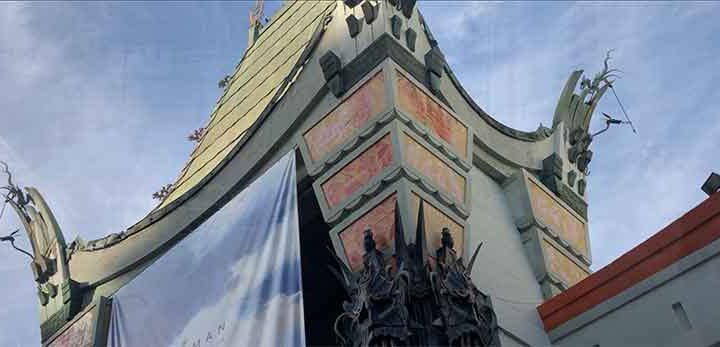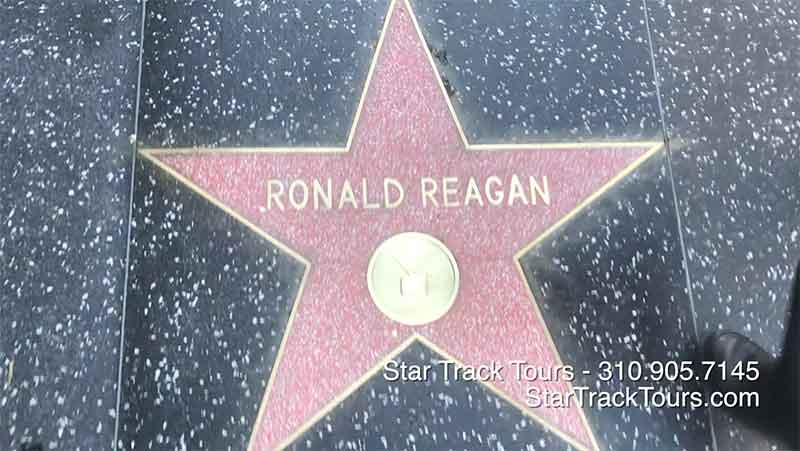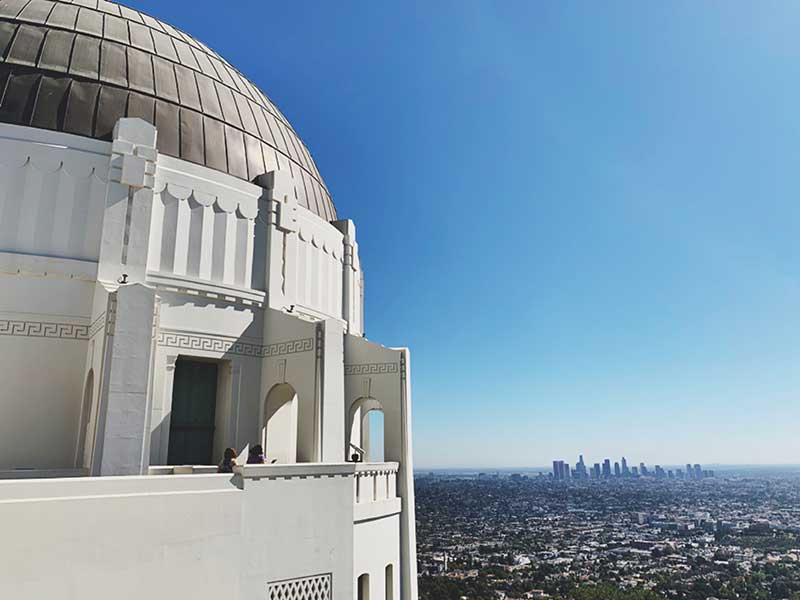Halloween Horror Nights at Universal Studios Hollywood is one of the most popular and thrilling Halloween events in Southern California, attracting thousands of visitors each year. This event transforms the theme park into a terrifying haunted experience, featuring numerous haunted houses, scare zones, and live entertainment inspired by some of the most iconic horror films and television shows. The event is especially popular because it combines the horror and excitement of Halloween with Universal Studios’ expertise in movie magic, creating an immersive experience that blends real-life thrills with Hollywood-quality production. Horror enthusiasts and adrenaline junkies love the authenticity of the scares, which are designed by film industry professionals, making Halloween Horror Nights a standout attraction in the world of Halloween festivities.

Halloween Horror Nights and Hollywood Tour
What makes Halloween Horror Nights unique is its connection to iconic horror franchises, often featuring mazes based on films like The Texas Chainsaw Massacre, The Exorcist, The Walking Dead, and Stranger Things. Each year, the mazes and scare zones are updated to incorporate new and classic horror content, keeping visitors excited for what’s to come. The event also includes performances, including creepy characters, costumed actors, and skilled scare performers who roam the park and interact with guests. The attention to detail in both the design of the attractions and the performances of the actors creates an atmosphere that is both terrifying and fun, offering a one-of-a-kind experience for Halloween lovers.
For tourists visiting the Los Angeles area, combining Halloween Horror Nights with a daytime tour of Hollywood and Beverly Hills offers the perfect way to make the most of a trip. Hollywood and Beverly Hills are home to many iconic landmarks, such as the Hollywood Walk of Fame, Grauman’s Chinese Theatre, the Hollywood Sign, and Rodeo Drive. These areas showcase the glamour, history, and entertainment legacy of Los Angeles, making them a must-see for first-time visitors. Taking a morning tour of these famous areas provides a relaxed and informative way to learn about the city’s entertainment history and explore its star-studded streets. From movie studios to celebrity homes, there is no shortage of things to see in Hollywood and Beverly Hills.
Many visitors enjoy the balance of a daytime tour and an evening at Halloween Horror Nights because it allows them to experience two distinct aspects of Los Angeles in one day. In the morning, tourists can explore the glitz and glamour of Hollywood, getting an inside look at the world of movie-making and celebrity culture. With guided tours, tourists can visit iconic locations that define the entertainment industry and capture beautiful photos of places like the Hollywood Sign or the palm-lined streets of Beverly Hills. After soaking in the luxurious and star-filled atmosphere, the night is reserved for something completely different—frightening thrills at Universal Studios.
Universal Studios is conveniently located near Hollywood, making it easy for tourists to transition from a Hollywood tour to the evening events at Halloween Horror Nights. Since Halloween Horror Nights typically begins in the evening, tourists can enjoy a full day of sightseeing before venturing into the terror-filled world of haunted mazes and scare zones. This combination offers the best of both worlds—an insightful and relaxing tour during the day and an exhilarating, spooky adventure at night. It also allows tourists to take full advantage of their time in Los Angeles, packing multiple experiences into one day.
Another reason why this combination is appealing to tourists is that it allows them to experience a broad spectrum of what Los Angeles has to offer. Hollywood and Beverly Hills represent the glamorous, creative side of the city, where dreams are made and stars are born. Tourists can enjoy visiting iconic film studios, high-end shopping districts, and famous landmarks that have been featured in countless movies and TV shows. On the other hand, Halloween Horror Nights provides a taste of Los Angeles’ darker side, tapping into the city’s connection to the horror genre. Universal Studios Hollywood, as the home of one of the world’s most famous movie studios, uses its expertise in horror to create an immersive experience that transports visitors into the world of their favorite horror films.
For many tourists, part of the excitement of visiting Los Angeles is the opportunity to immerse themselves in the city’s entertainment culture. A visit to Hollywood gives tourists a glimpse into the world of filmmaking and celebrity, while Halloween Horror Nights allows them to experience the thrill and suspense of being inside a horror movie. Combining these two experiences offers tourists a well-rounded, exciting day, packed with both cultural exploration and spine-chilling entertainment.
In addition, the logistics of visiting both Hollywood and Universal Studios in one day are relatively straightforward. Tour companies like Star Track Tours offer guided tours of Hollywood and Beverly Hills in the morning or early afternoon, giving tourists plenty of time to visit Universal Studios in the evening. Star Track Tours can even put together packages that include both a Hollywood tour and delivery right to Halloween Horror Nights, making it easy for tourists to plan their day. With Hollywood and Universal Studios located just a short drive apart, the travel time between these two attractions is minimal, allowing tourists to maximize their time exploring the city.
Another advantage of this combination is that tourists can experience different sides of Los Angeles’ weather and atmosphere. In the morning, they can enjoy the sunshine and warm temperatures while walking the streets of Hollywood or riding in an open-air bus through Beverly Hills. In the evening, the cool night air and the eerie ambiance of Halloween Horror Nights create the perfect setting for a spooky adventure. This contrast adds to the overall experience, giving tourists a taste of both the bright, sunny side of Los Angeles and the city’s darker, more thrilling side.
For families and groups of friends traveling together, this itinerary provides something for everyone. A Hollywood and Beverly Hills tour offers a chance to learn about the city’s history, architecture, and culture, while Halloween Horror Nights delivers the excitement and thrill that horror fans crave. Combining these two experiences ensures that everyone in the group, from history buffs to adrenaline junkies, can find something they enjoy.
In conclusion, Halloween Horror Nights at Universal Studios Hollywood is an iconic event that brings together the best of Halloween horror and Hollywood filmmaking. Tourists love it for its immersive haunted attractions, live performances, and top-tier production quality, all designed to scare and entertain in equal measure. Pairing a visit to Halloween Horror Nights with a daytime tour of Hollywood and Beverly Hills is the perfect way for tourists to make the most of their trip to Los Angeles. This combination offers a chance to explore the city’s most famous landmarks, learn about its rich entertainment history, and experience the thrills of one of the most popular Halloween events in the world—all in one unforgettable day.



















